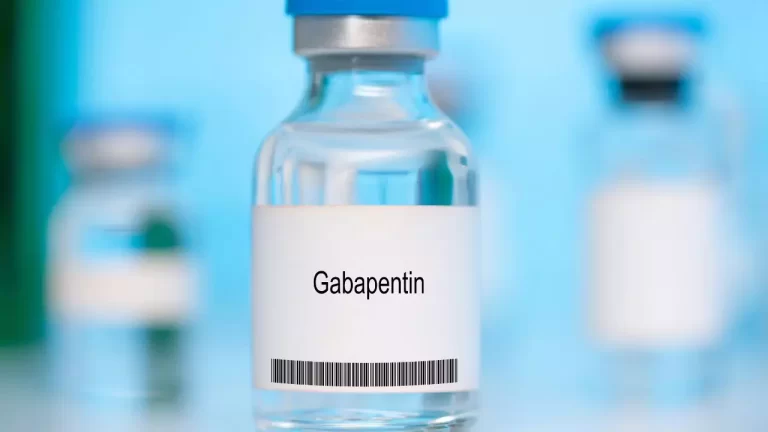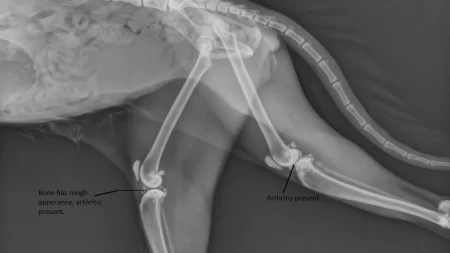If you have a cat that suffers from chronic pain, seizures, or anxiety, you may have heard of gabapentin as a possible treatment option. But what is gabapentin and what does it do for cats? In this article, we will explain what gabapentin is, how it works, and what are the benefits and risks of using it for your feline friend.
What is Gabapentin and What is it Used for in Cats?
Gabapentin is a medication that belongs to the class of anticonvulsants, which means it can help prevent or reduce seizures. It is also used as a pain reliever and a sedative for cats. Gabapentin works by affecting the activity of certain chemicals in the brain and nerves that are involved in pain and excitement. By reducing the transmission of these signals, gabapentin can help ease pain, calm anxiety, and control seizures in cats.
Gabapentin is not approved by the FDA for use in animals, but veterinarians can prescribe it for cats as an off-label use. This means that the medication has been proven to be safe and effective for humans, but not for pets. However, this is a common practice in veterinary medicine, and gabapentin is widely used and accepted as a treatment for cats.
The dosage and frequency of gabapentin for cats depends on the condition being treated, the weight and age of the cat, and the response to the medication. Gabapentin usually comes in capsule form, but it can also be given as a liquid topical cream or gel. The typical dosage for pain relief in cats is about 50 mg daily, while the dosage for sedation before a stressful event can range from 50 mg to 200 mg, given 2-3 hours before the event. For seizure control, the dosage may vary depending on the severity and frequency of the seizures and may require adjustment over time.
Is Gabapentin Safe for Cats?
Gabapentin is generally considered to be safe for cats when given at the correct dosage and under the supervision of a veterinarian. However, like any medication, gabapentin can have some side effects and risks that owners should be aware of.
The most common side effect of gabapentin in cats is sedation, which means the cat may become sleepy, drowsy, or less alert. This is usually a desired effect when gabapentin is used as a sedative, but it can also interfere with the cat’s normal activities and behavior. Sedation can also make the cat more prone to accidents or injuries, especially if they are not confined to a safe area.
Another common side effect of gabapentin in cats is ataxia, which means the cat may have difficulty with balance and coordination. This can cause the cat to stumble, fall, or walk abnormally. Ataxia can also affect the cat’s vision, appetite, and bowel movements. Ataxia usually improves with time as the cat gets used to the medication, but it can also be a sign of overdose or toxicity.
Other possible side effects of gabapentin in cats include vomiting, diarrhea, constipation, dry mouth, increased thirst, weight gain, and allergic reactions. These side effects are rare and usually mild, but they can also indicate a serious problem that requires immediate veterinary attention.
Owners should not give gabapentin to cats without a prescription from a veterinarian, as the dosage and frequency may vary depending on the individual cat and the condition being treated. Owners should also follow the instructions and recommendations of the veterinarian carefully, and monitor the cat for any signs of adverse reactions or changes in behavior. Owners should not stop, increase, decrease, or change the schedule of gabapentin without consulting the veterinarian, as this can cause withdrawal symptoms or worsen the condition.
What are the Benefits of Gabapentin for Cats?
Gabapentin can provide significant benefits for cats that suffer from chronic pain, seizures, or anxiety. Gabapentin can help improve the quality of life and comfort of these cats, and reduce the need for other medications that may have more side effects or interactions.
Gabapentin can help with chronic pain caused by conditions such as arthritis, cancer, nerve damage, or spinal cord injury. Gabapentin can reduce the inflammation and sensitivity of the nerves, and block the pain signals from reaching the brain. Gabapentin can also enhance the effects of other pain medications, such as opioids or non-steroidal anti-inflammatory drugs (NSAIDs), and allow for lower doses and fewer side effects.
Gabapentin can also help with seizures, which are abnormal bursts of electrical activity in the brain that can cause convulsions, loss of consciousness, or behavioral changes. Gabapentin can stabilize the nerve cells prevent them from firing excessively, and reduce the frequency and severity of seizures. Gabapentin can also be used in combination with other anticonvulsants, such as phenobarbital or levetiracetam, to achieve better seizure control.
Gabapentin can also help with anxiety disorders, such as separation anxiety, noise phobia, or feline hyperesthesia syndrome. Gabapentin can calm the nervous system and reduce the fear and stress responses that trigger these disorders. Gabapentin can also be used as a sedative before a stressful event, such as a vet visit, a grooming session, or a car or plane trip. Gabapentin can make these events less traumatic and more tolerable for the cat, and prevent the development of negative associations or behaviors.
Gabapentin can be a safe and effective long-term solution for cats that suffer from chronic pain, seizures, or anxiety. Gabapentin can help these cats live happier and healthier lives, and reduce the burden and cost of other treatments. However, gabapentin should always be used under the guidance of a veterinarian, and owners should be aware of the possible side effects and risks of this medication.







